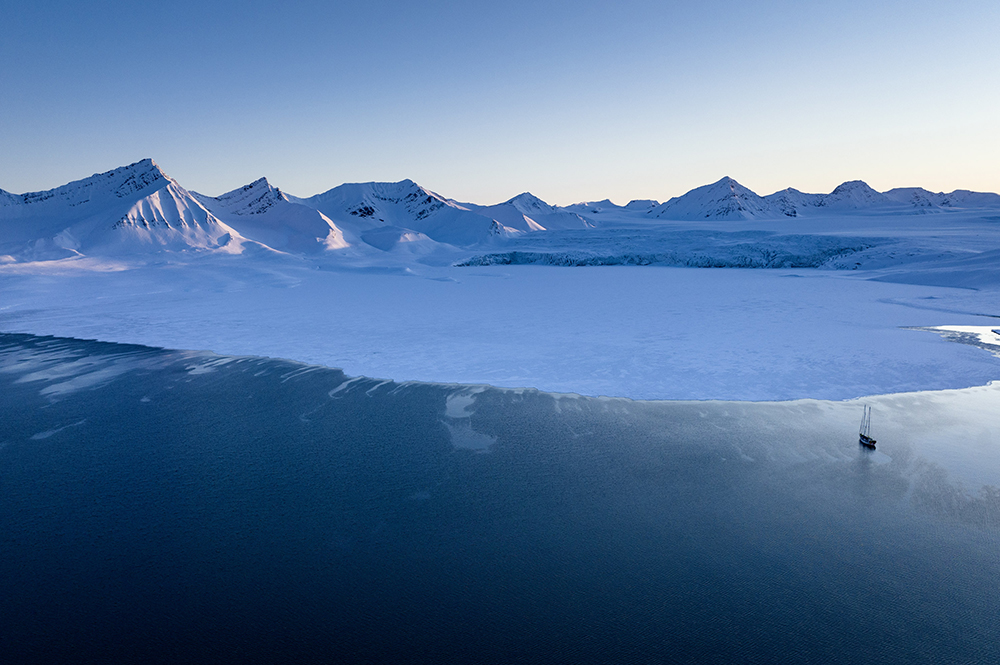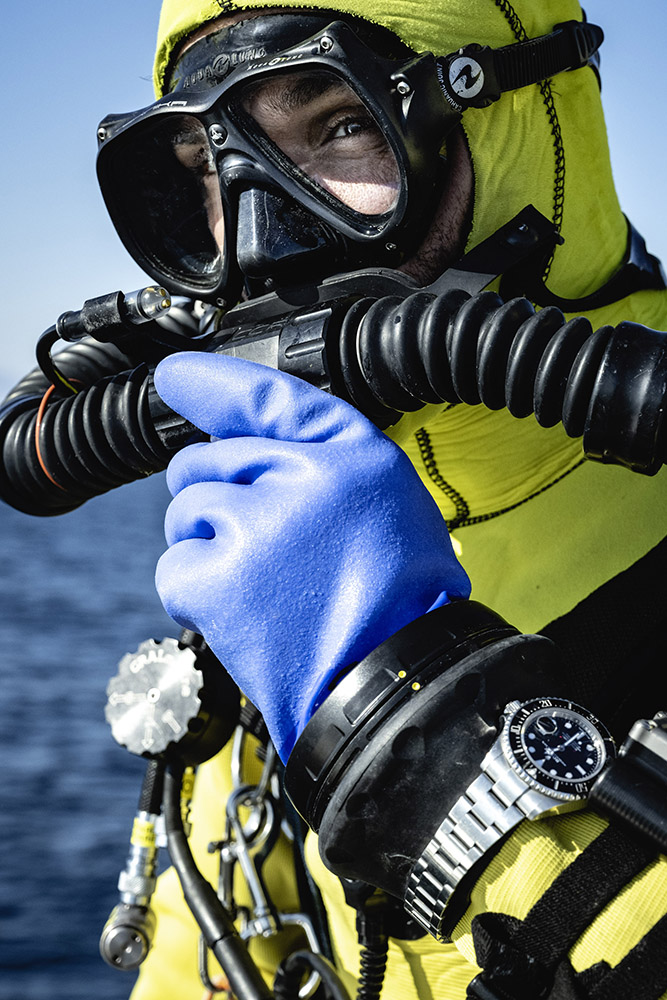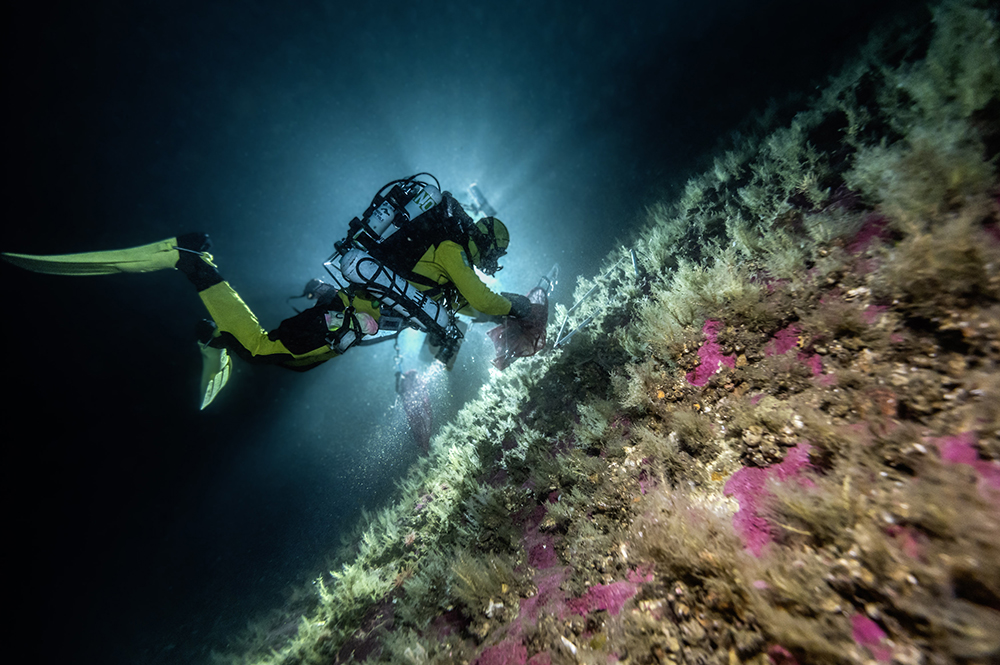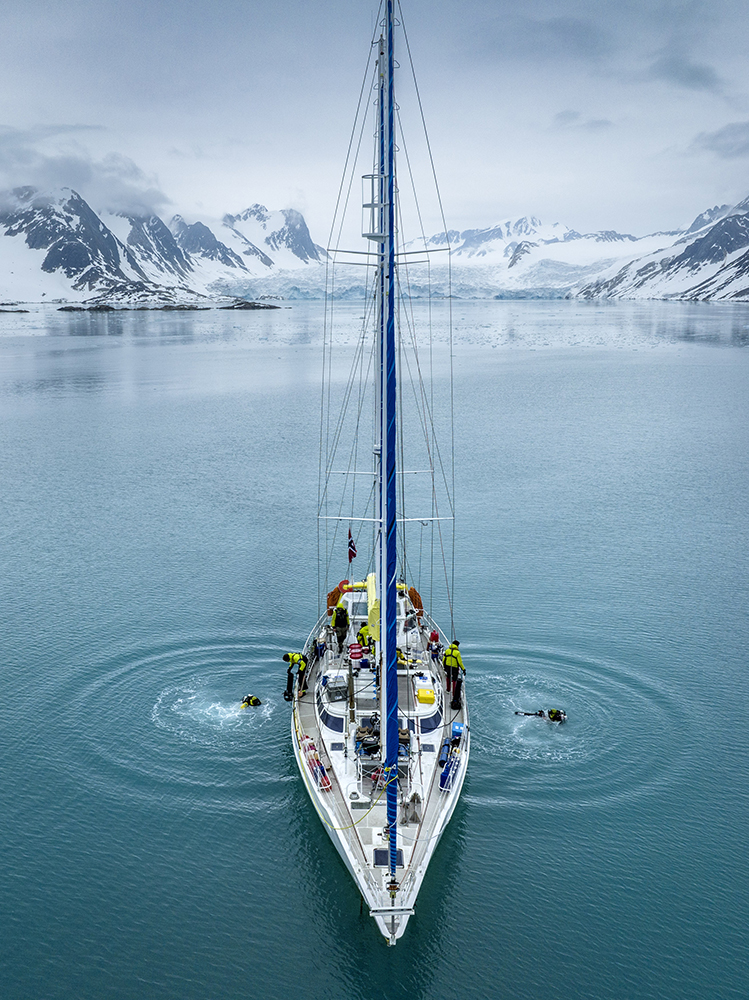The ocean’s mesophotic zone, located between 30 and 200 meters below the surface, is dimly lit, rendering it uninhabitable for organisms, such as algae, that rely on sunlight. Instead, the area is home to a diverse ecosystem of animals, such as corals, gorgonians, and sponges, that cling to rocks. These deep-water forests offer a more stable environment than the open sea, making them vital refuges for underwater life. However, they are often overlooked and rarely included in marine protected areas. Unlike their terrestrial counterparts, many of these submarine forests remain unexplored and poorly understood.

To address this issue, Under The Pole, a team of experienced divers and marine scientists, has embarked on expeditions around the world, making groundbreaking scientific discoveries and raising awareness about these overlooked marine ecosystems. With the backing of the Rolex Perpetual Planet Initiative, they have launched an expedition series, Under The Pole IV – DEEPLIFE 2021-2030, which aims to document marine animal forests in all of the world’s oceans. This effort will advance our knowledge of these deep-sea worlds and inform strategies for their protection.

A team of explorers and scientists embarked on their first expedition near the Svalbard archipelago, off the north coast of Norway, where the Arctic’s biodiversity is highly threatened due to its rapid warming and the decreasing amount of floating sea ice. Their primary goal was to locate and examine marine animal forests in order to raise awareness of these delicate ecosystems and identify ways to safeguard them. Although the team initially struggled to find any during their series of dives, they eventually discovered the first-ever marine animal forest in the Arctic on their final dive at depths ranging from 50 to 80 meters. The forest was composed of hydroids, creatures resembling jellyfish, corals, flowers, and ferns.

This discovery is a significant breakthrough for Arctic marine science since biodiversity at this depth has long remained a mystery. The divers meticulously recorded data on the species inhabiting the forest and environmental factors such as temperature, utilizing their research program. This valuable information is now shared with an international consortium of scientists to assess the importance of this rare Arctic habitat as a biodiversity hotspot and advocate for its preservation.

To identify the areas with the highest probability of rich underwater life, the team conducted a thorough examination of maps. Their main indicator was the presence of strong currents, which are responsible for transporting nutrients and supporting marine animal forests. The team navigated through the floating sea ice in the Arctic Ocean, where the temperature regularly plummeted to -30° C, to reach their desired locations.
The team utilized specialized rebreather equipment that recycles exhaled oxygen and prolongs air supply, as they repeatedly dived into uncharted territories in the Arctic Ocean to locate the forest. These dives surpassed the typical recreational diving depth of 30 meters.
Without the Under The Pole team’s extensive exploration expertise, researching these marine animal forests would have been an even greater challenge. However, by courageously braving the harsh waters of Svalbard and making this unlikely discovery, Under The Pole has significantly improved the scientific community’s chances of advancing our understanding of these marine ecosystems.


